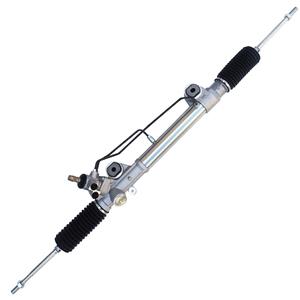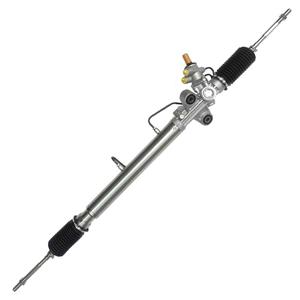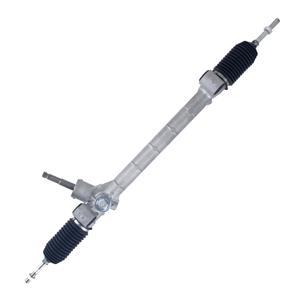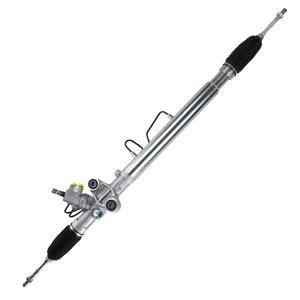-
In summary, the most efficient steering system should be the electric power steering system (EPS). This is because it performs well in energy efficiency, response speed and driving experience.
-
Mercedes-Benz offers electric power steering in many of its models. For example, Mercedes-Benz's C-Class, E-Class and S-Class models have all adopted electric power steering technology.
-
When the electric power steering system fails, the vehicle may experience the following situations: steering becomes difficult, steering response is delayed, the vehicle cannot maintain a straight line, the driver warning system is activated, and emergency control capabilities are reduced.
-
Around 1975, almost all new cars in the US market were equipped with power steering systems, and in the European and Japanese markets, this technology gradually became a mainstream configuration. It can be said that the late 1970s was an important milestone in the popularization of power steering systems.
-
Open the owner's manual and find the vehicle specifications or technical parameters section. Generally, the type of power steering system will be listed here. If the manual specifically mentions "hydraulic power steering system" or "electronic power steering system", then you can determine the vehicle's equipment.
-
Mercedes-Benz first adopted power steering systems in its mass-produced models in 1958. The system was first used in the Mercedes-Benz 300 Series sedan (W189), a high-end luxury sedan favored by aristocrats and business elites.
-
Specifically, Honda first equipped its North American version of the Honda Accord with a hydraulic power steering system as standard in 1982, which was the time node when Honda first adopted power steering technology on a large scale.
-
Based on the above-mentioned steering systems, the most advanced steering system is undoubtedly the steering-by-wire system (Steer-by-Wire, SbW). The steer-by-wire system is a fully electronic steering system that does not rely on mechanical connections.
-
The hydraulic pump is the core component of the hydraulic power steering system, which provides power assistance by pressurizing hydraulic oil. If the hydraulic pump fails, such as internal wear or insufficient pressure, the hydraulic system will not work effectively.
-
Rack and pinion steering systems can be traced back to the 1930s. In 1932, British car manufacturer Aston Martin first applied the rack and pinion system to its racing models. This design performed well in the racing field at that time, especially in terms of steering accuracy and sensitivity.




